Having problems to restore your roof can feel like a constant battle. If left unattended, small roof complaints can build up over time and become enormous issues. These damaged parts are then very costly to repair and will likely require professional services.
To avoid replacements and to become more equipped to take better care of your roof, we have compiled some top tips for you to restore your roof!

Consider Replacements
Though it may not always be necessary to replace, areas prone to bad weather and high wind events could be taking a lot more damage. Therefore, Nassau County Roofers recommend that it is worth considering from the outset whether replacing your roof or sections of it will work out more economical and less trouble in the long run.
It is an important consideration to hire expert services to help with larger replacements if you don’t have the necessary skills, assurance of safety, and expertise. It can be a very stressful – and potentially dangerous – job.
What Needs Restoration?
There are many factors that come into play before you can know whether it is appropriate to replace it. Let’s take a look.
Dark Stains
Especially in shaded areas, along your roof, or under certain shingles, you may find dark stains. These darkened areas occur as a result of algae, moss, mold, or even fungus growth. Even though these stains may simply look dirty, this growth is breaking down the asphalt material, which will eventually damage and break.

To prevent your shingles from wearing down, you can clean these algae using an easy 2 part water, 1 part bleach mix. If this growth has been building for a very long time and is stubborn, you can strengthen the mix to equal parts water and bleach. Be very careful with power washing, as the high pressure can rip away tips of damaged shingles or even push water under the eaves.
Water Leaks
A very common problem with roof restoring is the occurrence of roof leaks. From inspection inside of the attic or ceiling, you will notice bulging, sagging, and even a musty odor indicating roof leak or rot. For when you cannot see the internal damage, you may need to examine the exterior roof yourself. If it is serious you may need to contact specialist services, but otherwise using a caulk gun filled with roofing cement should do the trick.
Choosing to examine the roof yourself is an important decision and one that shouldn’t be done without considering safety first. Wear rubber soled-shoes to enhance your grip and make sure you’re never working alone. It’s vital that you have multiple eyes on the situation at all times, and a partner to look out for you is key!
Snow Damage
A problem you may not have unexpectedly is damage from ice and snow. Your roof will hold out during the season, but at the end of the season, it’s crucial to check that your roof hasn’t attained any rot from melted ice that has leaked into your roof. This may be another situation in which to contact professional assistance, as ice and snow are particularly dangerous and difficult to assess without a trained eye.
Broken Gutters
Gutters need to work efficiently to clear debris, leaves, and branches. Any gutters that are sagging or broken should be restored and replaced if necessary.
Compromised Shingles
Shingles could be damaged or compromised in many ways, but speaks primarily to shingles that are missing, curled, cracked, or torn. If any shingles are damaged, your roof is likely at higher risk of internal wear and tear, plus not fully protected from leaking. You can stabilize and keep curled-up shingles down with roofing cement and roofing nails.
If any shingles are damaged or need restoration, it may be time for you to consider replacing them. This is especially true if they are older and your manufacturer’s warranty has expired.
Maintenance Tips After a Big Restoration
Once you have your roof restored or certain areas replaced, it is vital that you keep it maintained. Of course, there will be natural minor degradation over time, but shingles should remain in good condition for many years.
Make sure to clear any trees or debris that could damage or puncture the shingles. It would be a good idea to check after a bad storm. It is also vital that you clear leaves from the gutters and anything stuck under some shingles, as clogged gutters put unnecessary strain on the roof. Leaves can also speed up mold or algae growth, contributing to a shorter lifespan of your roof, and sharper branches can scrape the roof, causing damage.
Check every season that all areas of your roof are maintained through a simple inspection and your roof issues will become a thing of the past!
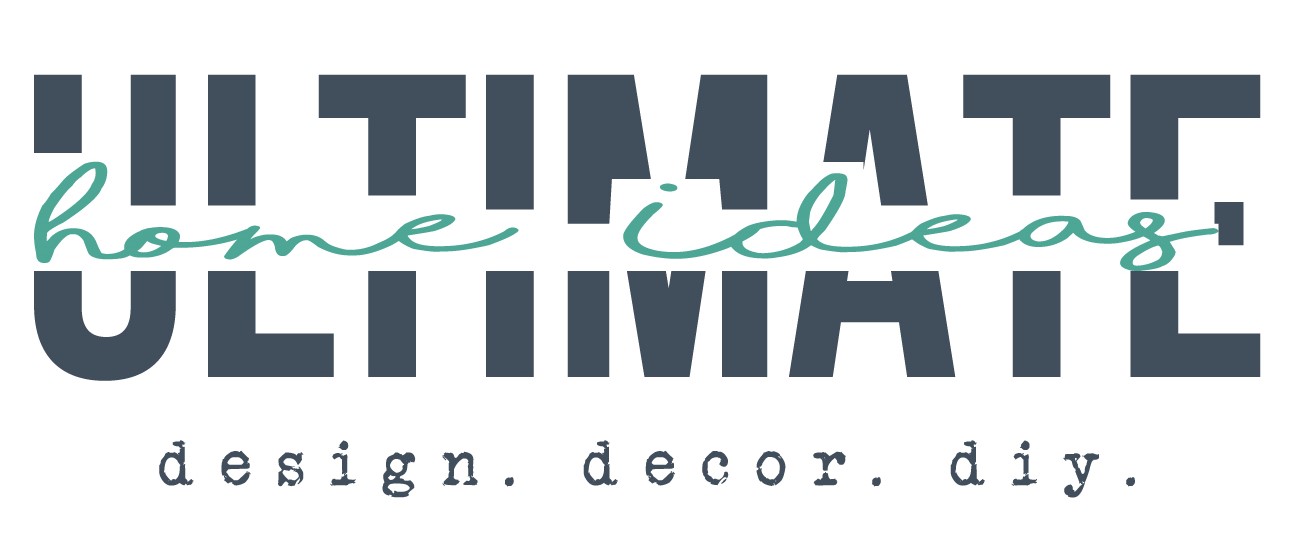




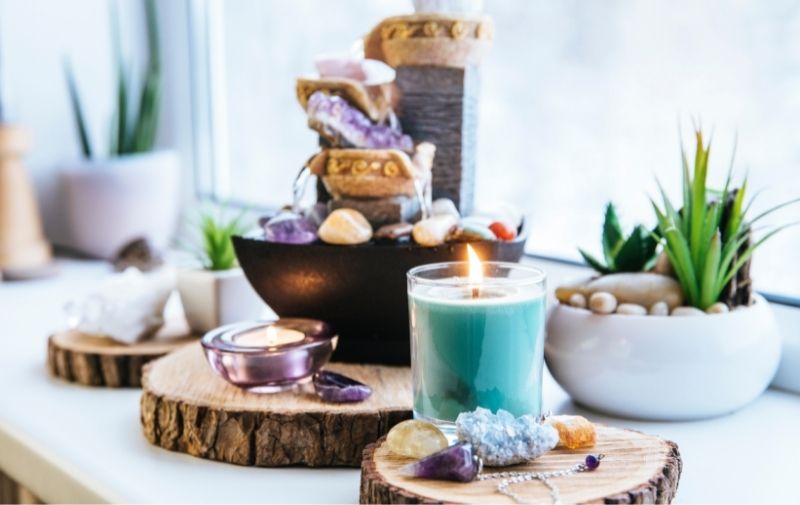





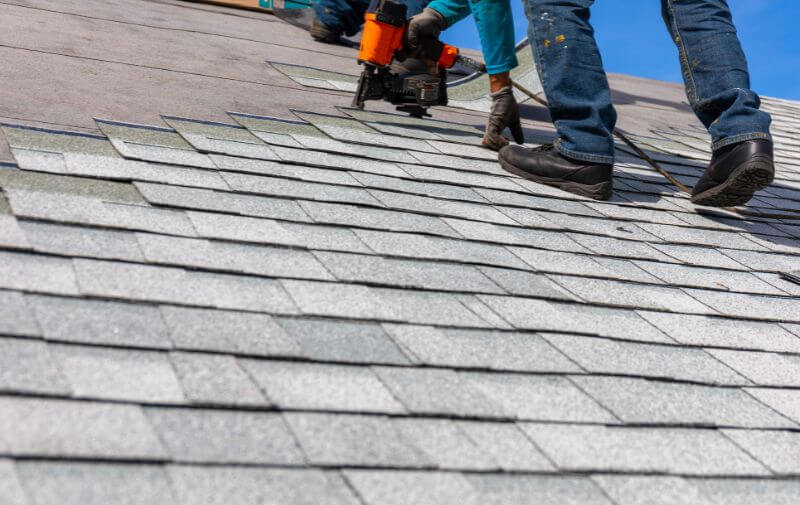
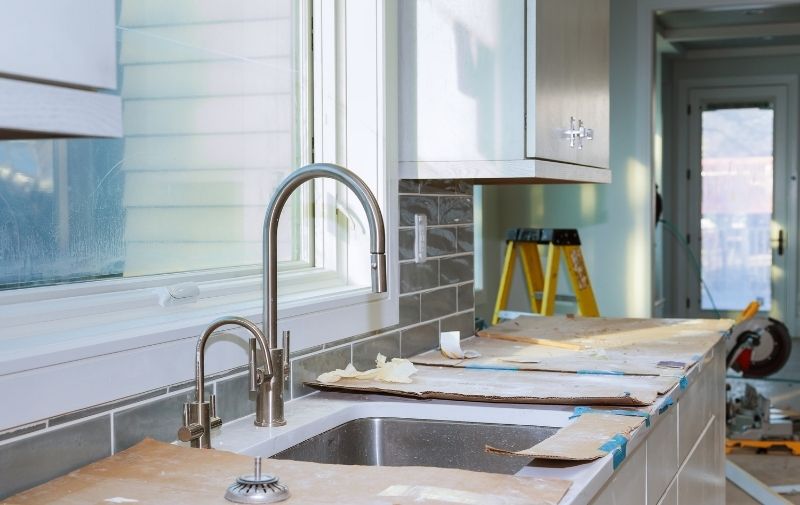

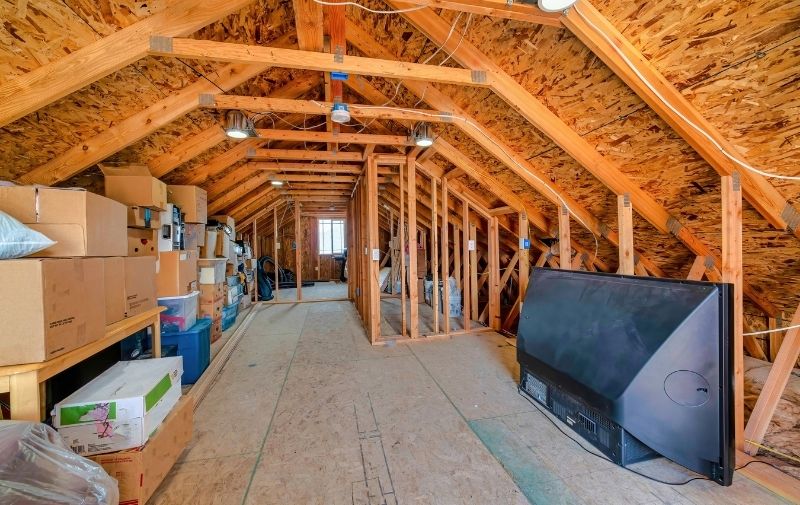
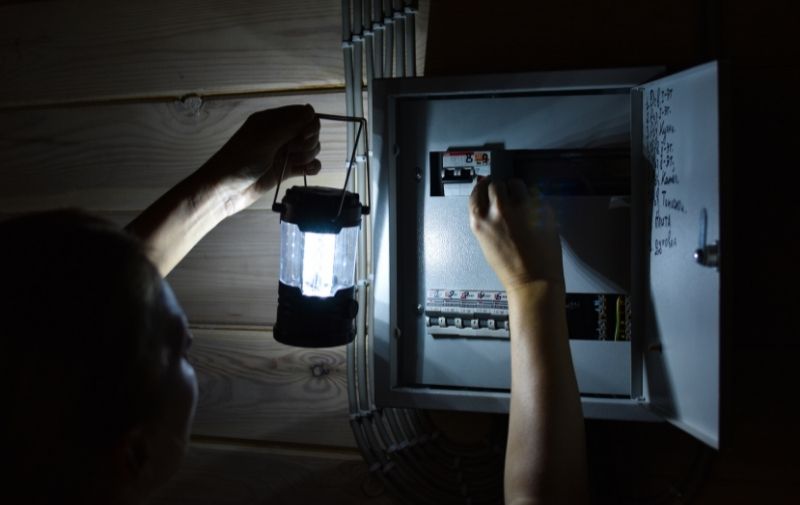

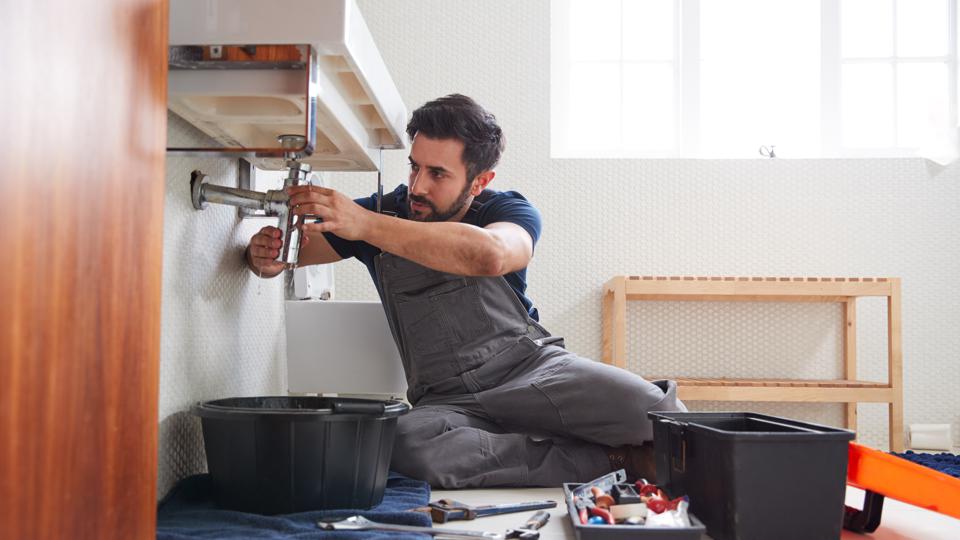



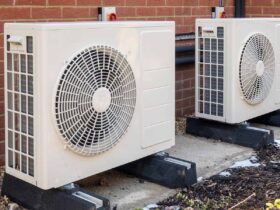

Leave a Reply